Book Blurbs: 8 Tips on How to Write a Blurb for a Book
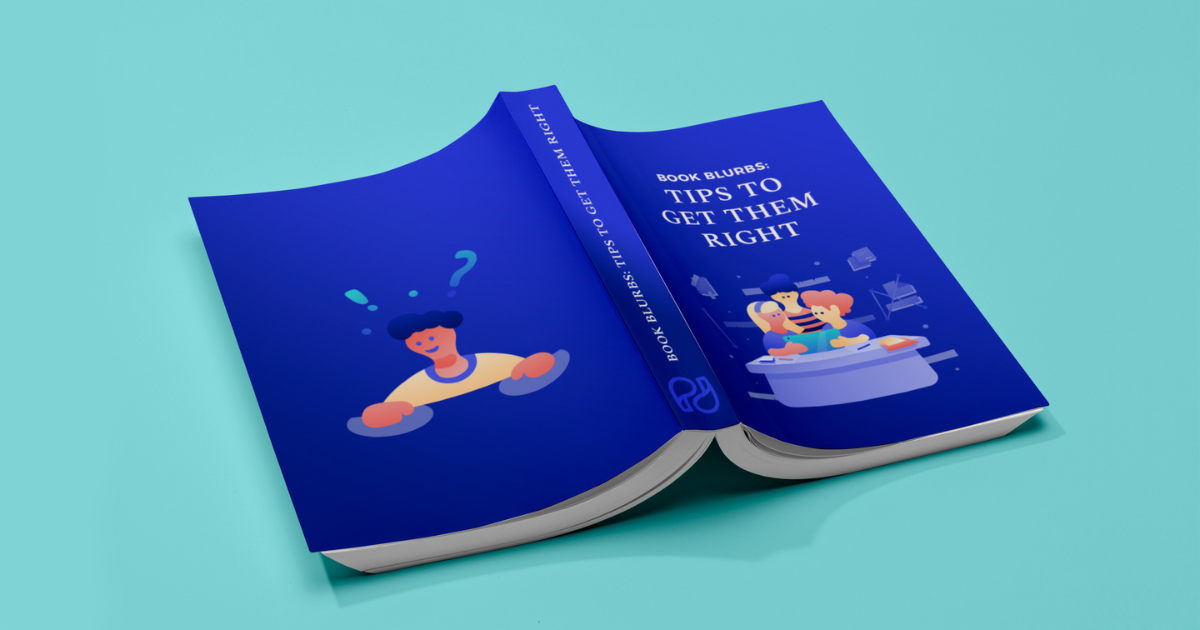
Book design matters, so it’s no wonder that authors and publishers take a lot of time to plan and design a cover that stands out, from illustration to typeface.
However, the text on the back cover of a book, known as the book blurb, is the one that convinces the reader the book is worth reading.
How to write a book blurb that stands out? Two options. You can automatize the process to generate several industry-standard blurbs with PublishDrive’s Metadata Generator or keep practicing to get the right text for the back of your book.
Writing a book blurb is a powerful sales tool. Here is how to master it.
Key takeaways:
- A book blurb is a short description of a book written by another author, reviewer, or someone from a popular newspaper or magazine.
- PublishDrive's Publishing Assistant is a game-changing tool that streamlines the blurb-writing process and boosts book discoverability. Thus, you'll never have to worry about crafting a compelling blurb again.
- Beyond the book blurb, the back cover of your book offers several opportunities to showcase your author's credentials, endorsements, and catchphrases to create a comprehensive and engaging back cover.
This write-up covers:
What Is a Book Blurb?
A blurb, which is part of a book’s metadata, is a short, catchy description on the back of a book, written to convince the reader to buy and read it. It’s often written by another author, reviewer, or someone from a popular newspaper or magazine.
The book blurb is distinctly different from the description. It works as a marketing tactic, so it’s similar to an elevator pitch rather than a summary.
A book blurb gives insights into the story and hints at possible intrigues but does not give spoilers.
Now, let’s see how to write a back cover blurb. Two options:
Streamline Blurb Writing with PublishDrive’s Book Metadata Generator
We know what a blurb in a book is and how it helps sell it, but we also know that authors regard metadata management as a daunting task.
PublishDrive has a streamlined solution for you to stop searching for tutorials on how to write a book blurb. Meet Alexandra, PublishDrive’s Publishing Assistant.
PublishDrive’s Publishing Assistant is the umbrella tool that will encompass several functions. The first in the series is an AI-powered book Metadata Generator, which analyzes your content and provides suggestions for title, blurb, and categorization (Amazon, BISAC) based on industry standards.
Most authors would rather focus on the creative side of publishing; however, without effective metadata, their books will lack discoverability.
Our metadata generator solves this problem by using the book's content and industry best practices to create multiple blurb versions tailored to both fiction and non-fiction books.
Here is how to write a blurb with Alexandra and create effective metadata simultaneously.
- Sign Up | Login to access the service. If you don't have a PublishDrive account, sign up for an account.
- You can find the option to access your Publishing Assistant when logging into PublishDrive or you can head to Apps from your Distribution dashboard and then choose Publishing Assistant.
- Click to create a task and upload your manuscript (EPUB, DOCX, or PDF).
- Next, fill out your book’s info. When you’re ready, hit start and you’ll see your new task added to the left-hand panel. It takes about five minutes for AI to analyze your book.
- Get recommendations for title, blurb, Amazon categories, BISAC categories, keywords, and more.
- Refine the suggestions and export the metadata as a PDF or proceed with publishing.
💡Note: The Publishing Assistant is a standalone service that you can use even if you don’t distribute your books with us. It has its own pricing structure and payment system, which is separate from other PublishDrive services and thus not included in the existing pricing. You will get 60 free credits to get started. This allows you to create metadata for one book.
Yes, that easy!
If you still plan to do it independently, here is how to achieve that.
If you’ve just been invited by a fellow author to write a blurb, this also describes how to write a blurb for someone else’s book.
How to Write a Good Book Blurb: 8 Tips
Several elements help authors succeed in writing the perfect blurb, and learning how to write a book blurb that sells can make all the difference in enticing readers to dive into your story.
1. Start with a hook
Start your blurb with a hook to get your reader's attention. It is helpful to introduce one of the main characters and offer insight into the book's conflict.
2. Intrigue, do not summarize
Blurbs are not summaries; they intrigue the reader’s curiosity about your writing. They are a tool to sell the book.
A book blurb becomes your book's first calling card. Keep it short and simple, and be focused on engaging your readers. Therefore, a blurb should highlight why someone should buy the book and give enough information to know how it matches their literary interest.
If you are unsure how to write the back of a book, consider the same structure as if you'd write an actual story:
- Start in the exposition by introducing your setting and characters. This may take a whole chapter in your novel, but it should take a sentence or two on the cover.
- Then, the plot thickens. If you are writing fiction, mention the conflict just to entice curiosity. If you are writing nonfiction, this is the moment where you present the obstacles you will learn how to overcome by the end of the book.
3. Stick to 100-150 words
As an author who has poured their soul into writing a book, you may find it challenging to adhere to this word limit. But the truth is readers need something short and catchy when skimming. Therefore it is better to make sure you succeed in introducing some of your genre's buzzwords and hinting at the conflict before your words are up.
4. Write in the third person
You should write blurbs in the third person. This has historically been an industry standard, and despite discussions about whether this is still valid for nonfiction such as autobiographies or travel memoirs, people generally expect blurbs to be written in the third person across genres.
5. Avoid cliches
You want your blurb to be timeless, so you should refrain from using trending idioms or phrases that will become obsolete in a few months.
6. Involve your reader's emotions
It has been proven that purchasing behavior is driven by emotions, which account for almost 95% of our decisions. This means you should appeal to the reader's needs and emotions.
Some readers want to lose themselves in a fictional world. Is it an adventure they are striving to find? Then, give them suspense and mystery. Is it romance that they miss? Give them love and passion, intrigues, and–if you’re writing a romance–don’t forget that happily ever after.
7. Ask other authors to write your blurb
Skye Warren, a bestselling author who has written over 50 romance novels, referred to this during NINC 2022, speaking of the Anatomy of a Bestselling Book. Marketing and advertising start with your book cover, which means more than just a great design. Book endorsements written by other authors will help readers decide faster to buy your book.
You should look for authors you feel you have a special connection with, but in practical terms, authors should look for those whose writing is similar in theme or approach.
As an author, you may personally know the writer you are asking to write an endorsement for your book. This situation is ideal, as it makes promoting your book more natural.
But if you don’t know the author personally, here’s what you can do:
- Find the author's contact details and email them with a considerable degree of formality.
- Include their full name, and mention your upcoming book and yourself. Do not assume they know you.
- Attach the PDF with your manuscript and mention that it’s an ARC.
- We all appreciate a generous deadline; authors are no different. Give them enough time to write the endorsement and mention the date you need it.
- If you do not know the author well, make it possible for them to refuse and respect their decision.
- Mention why you chose them to write an endorsement. It may be their style or community, or they may be your favorite writers. Just clarify these reasons, as their decision to write a few sentences for you may be motivated by reading your lines.
- Tell them you’ll send them a copy of your published book as a gift for helping you.
8. Include the main selling points of the book
What makes your book different from the others? It could be its style, perspective, or one unique character everyone will love. You have this powerful detail to leverage in your book blurb, so make sure you’re using it.
What Other Elements Are Featured on the Book's Back Cover?
We went over the book blurb's definition, but there are other elements you can add to your back cover.
1. Author information
This section should include relevant information about the author, referencing previous works and mentioning awards. Authors may be tempted to add more details, but the author bio that lives on the back cover with the book blurb is not a resume. Also, you want to make sure your book’s back cover has enough white space so that it’s easy to read.
2. A catchphrase
This is especially significant for nonfiction writers, who may use a catchline to introduce readers to the book's content.
3. Endorsements
Words of praise are significant for readers as they attest to the book's merits or the author's.
Before Writing a Blurb
Blurbs may be short, but they require research and practice. So, before putting together a book blurb:
1. Know your book’s genre
To sell your book effectively, you have to know your book’s genre very clearly. The content and style of the book cover vary according to your book's genre. This will help you pick a cover that’s fit to market, write a book blurb that meets reader expectations, and ensure you’re hitting the right tropes for the genre.
All genres have distinctive features; you need to understand what is most suitable for your book. No blurb writing without thorough research, for sure.
2. Respond to your readers’ needs
Genre expectations play a major role in how you write a blurb for your book. Readers approach different genres with specific anticipations.
A captivating cover is a plus, but successful marketing hinges on understanding your audience.
The main thing is to put your marketing hat on and actively search for ways to understand and know who your readers are before, during, and after you write your book.
3. Be prepared to write your blurb multiple times
Practice makes perfect. Your blurb may not be in its best shape after the first attempt, but perseverance is key.
When you are writing a blurb, always think of how to write a book summary for the back cover that incites the reader and is not overly explicit.
Remove the pressure by avoiding questioning how to write a good blurb. Choose to focus on the stages that get you there rather than directly on the outcome.
This approach will allow you to write multiple options and test different versions of your blurb with a circle of trusted friends or a few readers, publishers, and editors. Even an agent if you have one and aim to place your book with a traditional publisher. Gain as much insight as possible before placing the text on your book cover.
7 Book Blurb Examples
Let's look at book blurb examples of award-winning authors or bestselling books.
A. Fiction
1. Victory City: A Novel, by Salman Rushdie, Random House
A tale of magic, spanned over centuries, with destinies woven together in an unimaginable tapestry, sowed by gifts of gods and the hubris of (wo)men. It is a textbook example of how to write a novel blurb brought to you by Salman Rushdie, who revisits a world of patriarchy and analyzes the thin threads that entwine an entire culture.
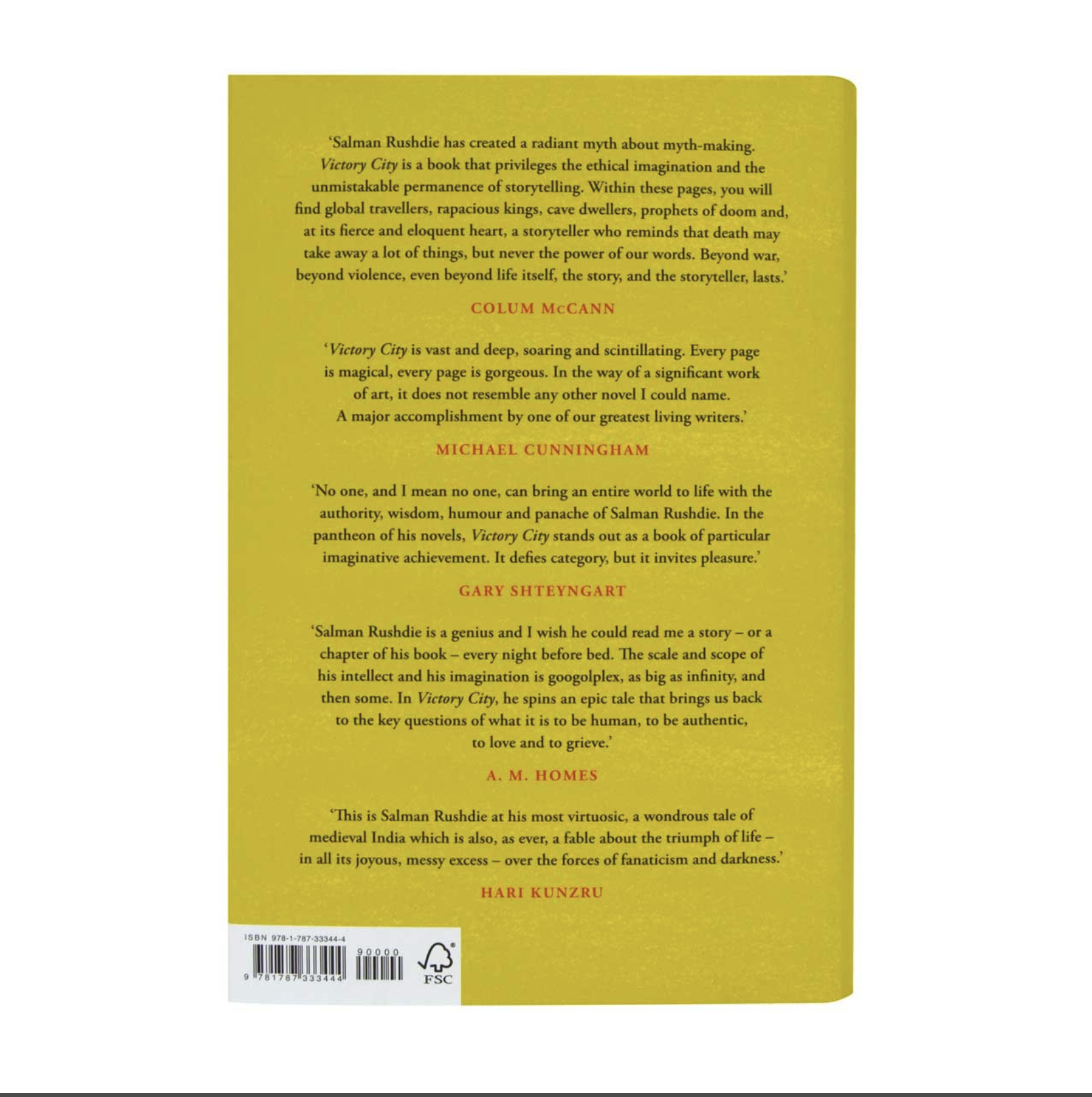
2. The Seven Moons of Maali Almeida, by Shehan Karunatilaka, W.W. Norton & Company | 2022 Man Booker Prize
This blurb example is full of suspense and conflict, with an unfolding mystery to be solved throughout the book and an afterlife quest to be fulfilled.
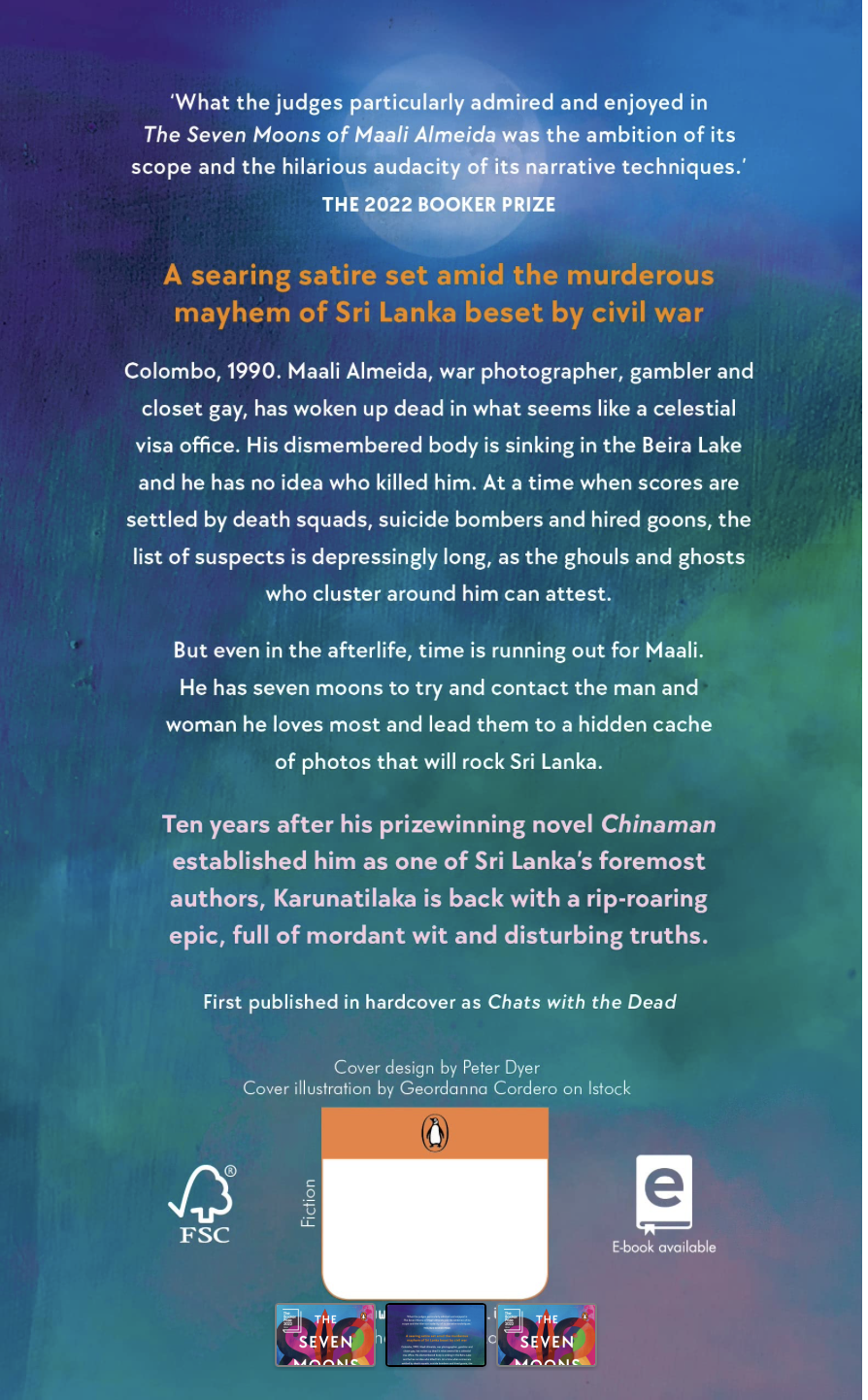
-
Fantasy
3. For the Wolf [The Wilderwood, Vol. 1], by Hannah Witten, Orbit
A romantic fantasy filled with torment—it is the destiny of the second daughter, the only one to be born in centuries, to embrace sacrifice and support the plea of her people. This blurb example lures us into a world of magic we want to know more about.
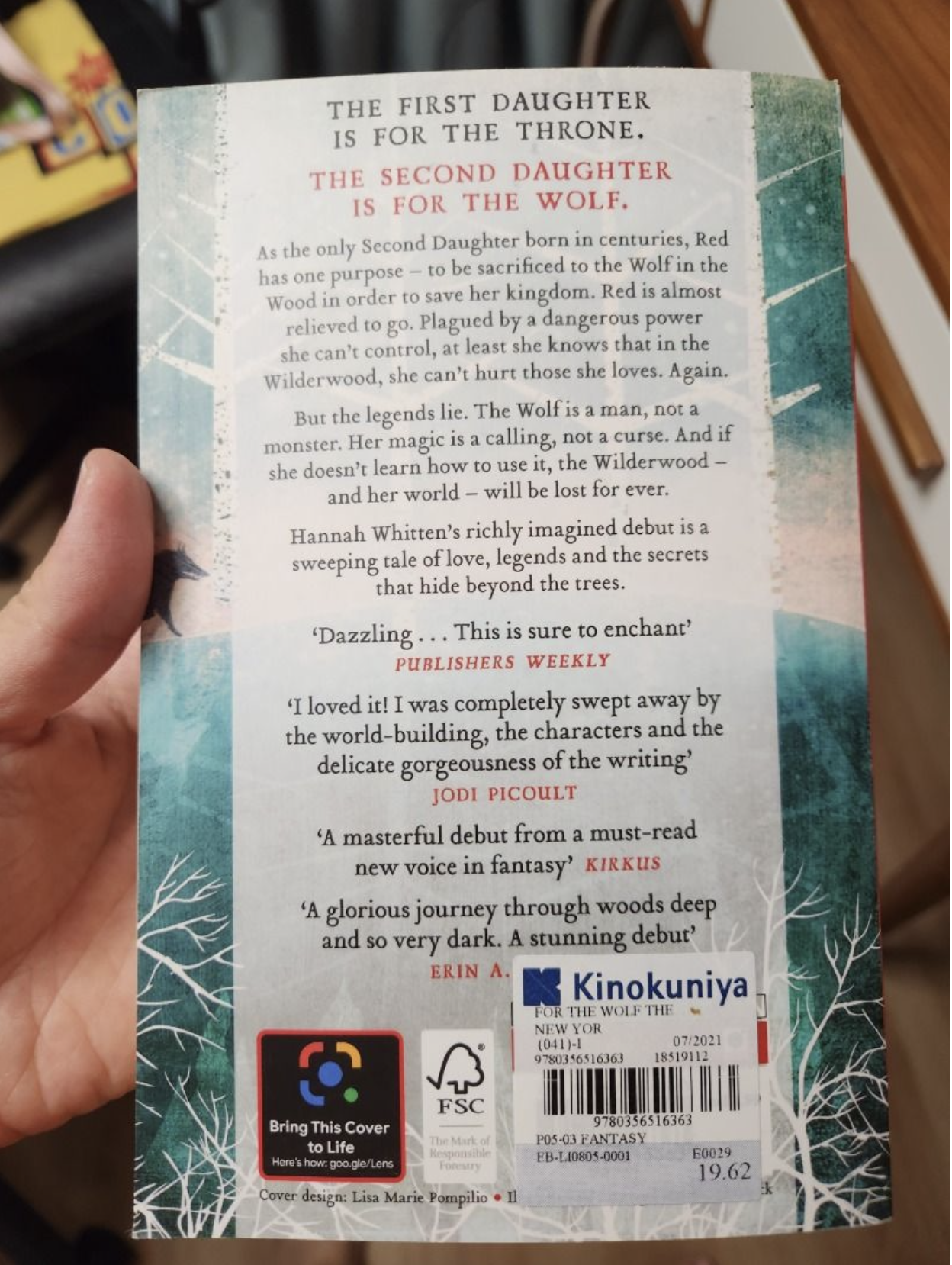
-
Mystery
4. The Maid; A Novel, by Nita Prose, Ballentine Books
Molly's life is a web of mysteries and intricacies that her grandmother would be able to clarify for a limited time. But once she dies, our protagonist is left defenseless against possible dangers, including being accused of the murder of one of the tenants from the hotel Molly is responsible for cleaning.
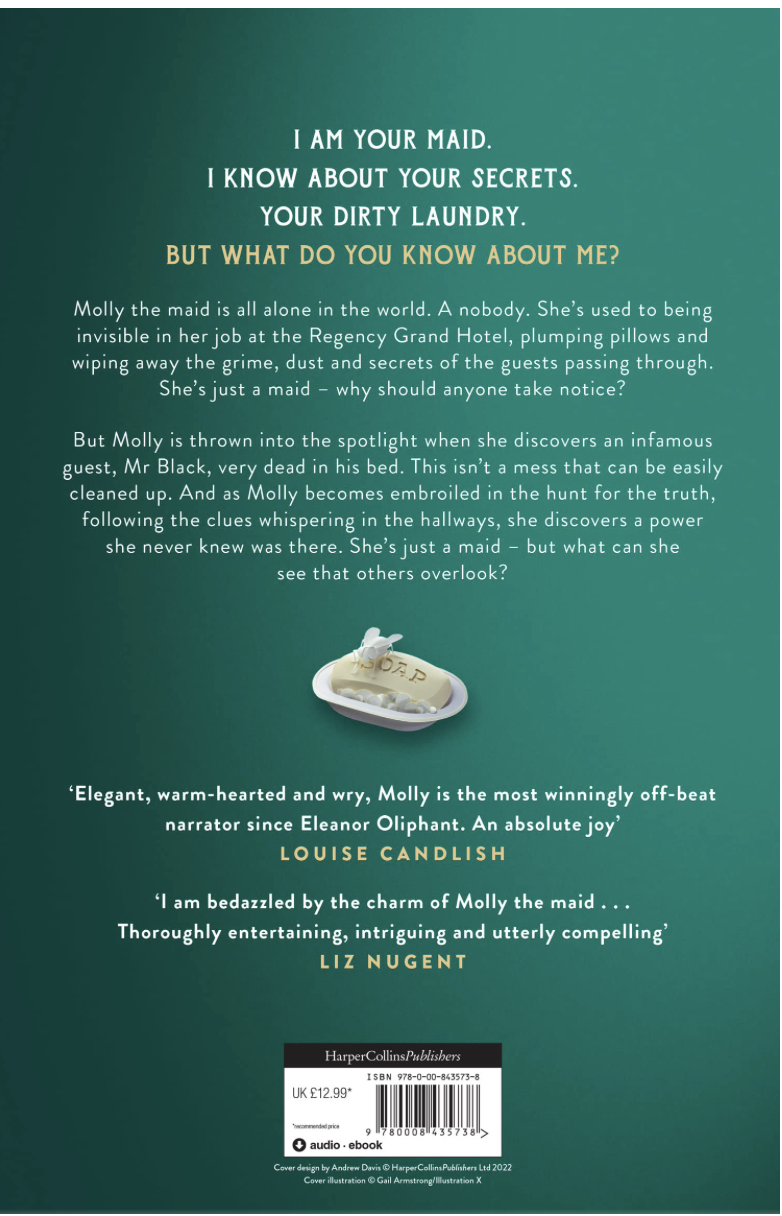
B. Nonfiction
5. Invisible Child: Poverty, Survival & Hope in an American City, by Andrea Elliott (Random House) | 2022 Pulitzer Prize
A coming-of-age story where we are introduced to the main protagonist—Dasani, a young girl the author has followed closely for eight years. In this blurb example, readers are presented with the hardships she faced in guiding her siblings through a world of dangers while being presented with her family history and the difficulties of her ancestors.
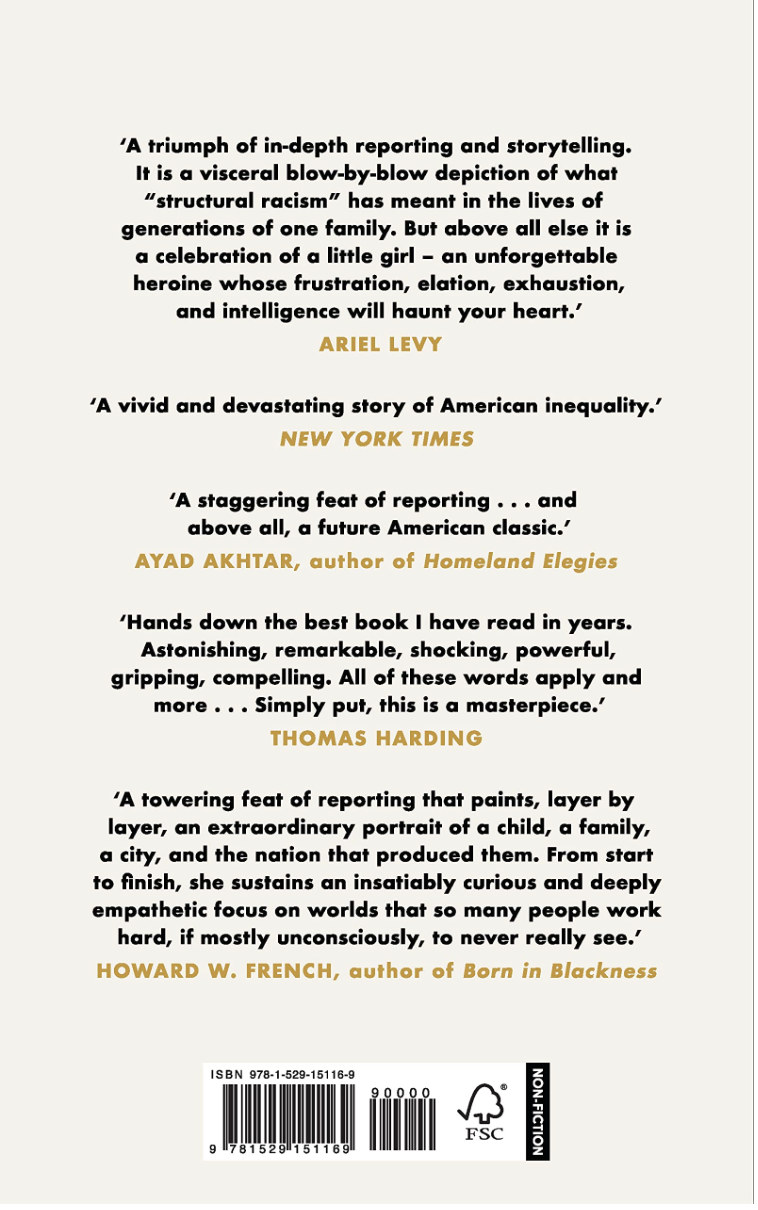
6. Atomic Habits: An Easy & Proven Way to Build Good Habits & Break Bad Ones, James Clear, Avery
Nonfiction blurbs can sometimes be longer than 150 words (but not longer than 250) and feature bullet points to introduce the central ideas or chapters. In their case, the cliffhanger is a resolution or promise that by the end of the book, they can clarify a situation or find solutions to a specific problem.

C. Children’s Literature
7. Hot Dog, by Doug Salati, Knopf Books for Young Readers | Caldecott Medal 2023
With a standard of under 100 words per blurb regarding children's books, the blurb example below is as light as a summer breeze.
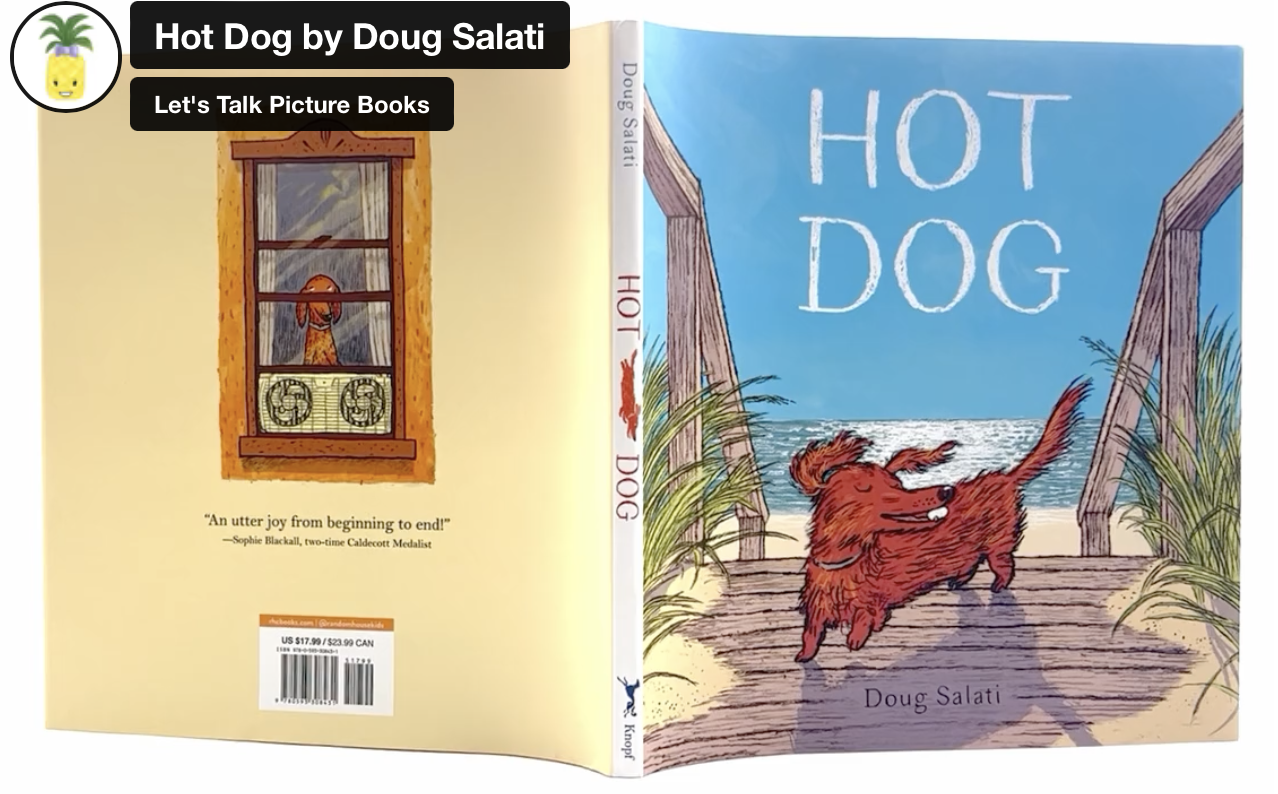
[Insert Your Text Here]
A well-crafted blurb is a powerful tool that can make or break a book's success. For years, authors had to learn how to write a blurb that effectively captures the essence of their book and entices readers to buy it.
With PublishDrive’s new tool, the Book Metadata Generator, authors can use Alexandra, our AI Publishing Assistant, to generate and select the most suitable blurb for them. No more time wasted, no more wasted opportunities, but simply the most direct way to your readers.